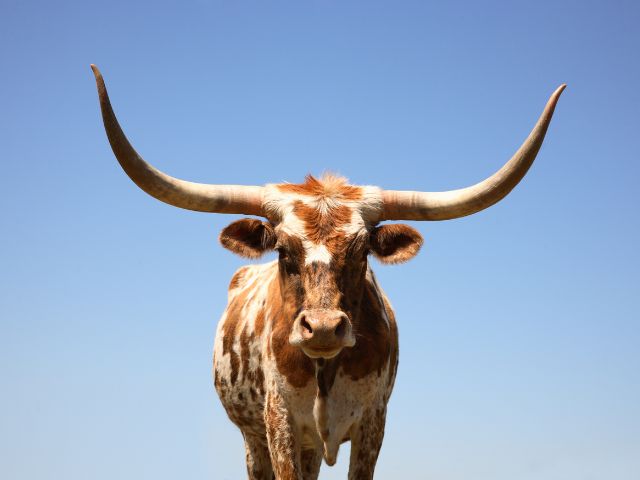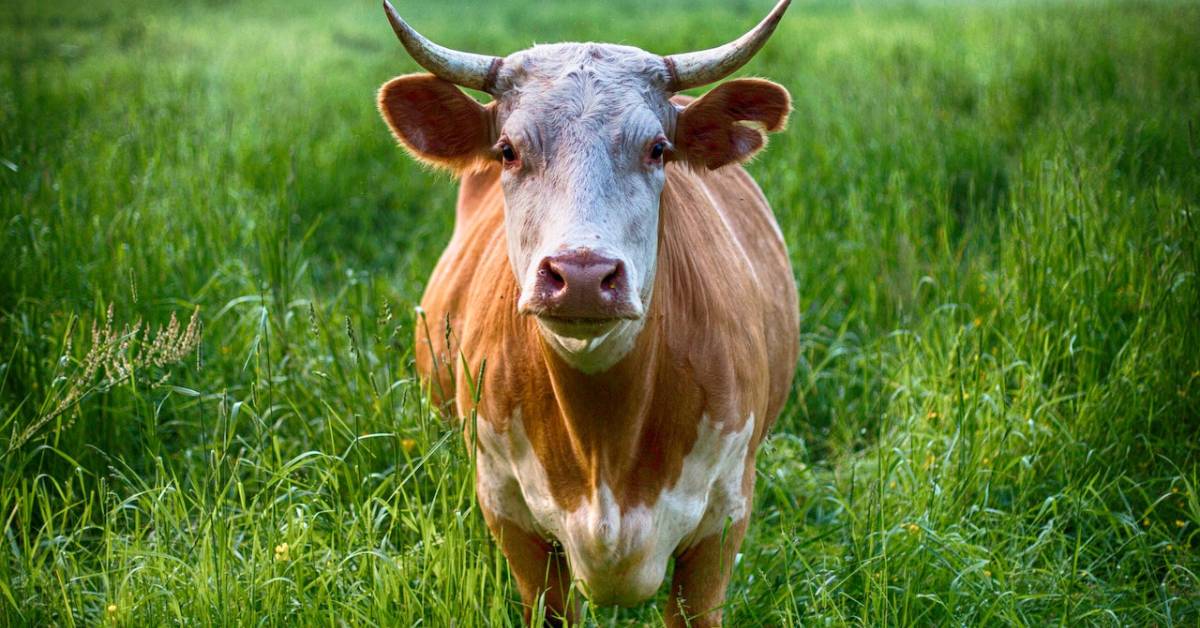Drinking horns have a rich history, and they have been used by numerous cultures worldwide. But did you know that the horn material can significantly impact your drinking experience?
In this article, we will delve into the significant differences between buffalo and cow horns when used as drinking vessels.

Introduction to Drinking Horns
The use of drinking horns can be traced back to various ancient cultures. They have a deep-rooted significance in the traditions of many societies. Let’s explore their historical context and significance across cultures.
The History and Origin of Drinking Horns
Drinking horns originated thousands of years ago, with the earliest evidence found in the Bronze Age. They were used as ceremonial items and symbols of status, besides their practical use as drinking vessels.
Various Cultures and Their Use of Drinking Horns
Drinking horns have been significant in numerous cultures, including the Vikings, Celts, and Greeks. They were often decorated and embellished, further attesting to their cultural importance.
Understanding the Raw Material: Horns
Horns of various animals, primarily buffalo, and cows, have been used for making drinking vessels. Let’s dive into the specifics of these raw materials and how they differ.
What are Buffalo Horns?
Buffalo horns, derived from animals like the water buffalo, are known for their dark color and durability. They are often larger and have unique characteristics.

The Anatomy of a Buffalo Horn
Buffalo horns are composed of keratin with a bony core. They curve backward and are typically black or dark brown.
Buffalo Species and Variations in Their Horns
There are several species of buffalo, and their horns can vary in size, shape, and color. For instance, the African buffalo’s horns are markedly different from those of the Asian water buffalo.
What are Cow Horns?
Cow horns come from domestic cattle and are often lighter in color compared to buffalo horns. They are also made of keratin and have a bony core, like buffalo horns.
The Anatomy of a Cow Horn
Cow horns are typically straight or slightly curved with a hollow core filled with bone. They are generally lighter in color, ranging from white to light brown.
Cow Breeds and Variations in Their Horns
Various breeds of cattle have horns that differ in size, shape, and color. Highland cattle, for example, have long, curved horns, while Texas Longhorns are known for their impressive horn length and breadth.
Process of Transforming Horns into Drinking Vessels
Transforming raw horns into practical and aesthetically pleasing drinking vessels is an intricate process. It involves several steps, from the initial selection to the final sealing and finishing.

Selection of Horns: Buffalo Vs Cow
While both buffalo and cow horns can be used for making drinking vessels, each offers unique characteristics. The selection often depends on the desired size, color, and durability of the finished product.
Preparation and Cleaning
Both buffalo and cow horns require thorough cleaning and preparation. This step includes removing the outer layer of the horn and cleaning the inner core.
Shaping and Polishing
Once cleaned, the horns are shaped into the desired form of a drinking vessel. The outer surface is then polished to a smooth finish.
Sealing and Finishing
The final step is to seal the interior of the horn with a food-safe sealant, making it suitable for consuming liquids. Depending on the design preferences, the exterior may also be decorated or carved.
Comparison: Buffalo Horn and Cow Horn Drinking Vessels
Buffalo and cow horn drinking vessels have their unique characteristics and attributes. Here’s how they compare in terms of aesthetics, size, durability, and impact on flavor.
Visual Aesthetics: Shape, Color, and Texture
Buffalo horns are typically darker, more massive, and have more curvature than cow horns. In contrast, cow horns are lighter, straighter, and may have a smoother surface.

Size and Volume
Buffalo horns generally offer a larger volume due to their size, but the volume can also vary depending on the specific breed and individual animal.
Durability and Longevity
Both buffalo and cow horns are quite durable, but buffalo horns tend to be sturdier due to their thicker walls. However, with proper care and maintenance, both types of drinking horns can last for years.
Flavor Impact
Some believe that the type of horn can subtly affect the drink’s flavor, although this is largely subjective and varies from person to person. The sealing process also plays a crucial role in this aspect.
Health Implications
Like any drinking vessel, horn cups may have health implications. Here are the potential benefits and risks associated with them.
Potential Health Benefits
Drinking from horns is believed to have some health benefits in traditional medicine, such as enhancing the flavor and nutritional content of the drink. However, scientific evidence to support these claims is limited.
Possible Health Risks
Improperly cleaned or sealed drinking horns can pose health risks, including bacterial contamination. It’s essential to ensure the horn is well-prepared and sealed before use.
Care and Maintenance of Drinking Horns
Drinking horns require specific care and maintenance to preserve their quality and ensure they remain safe for use. Let’s explore the best practices for their upkeep.

Cleaning Your Drinking Horn
Drinking horns should be hand-washed with mild soap and water, then dried immediately. They should never be soaked in water or washed in a dishwasher as this can damage the material.
Proper Storage and Handling
Drinking horns should be stored in a cool, dry place to prevent damage. They should also be handled carefully to avoid dropping or cracking the material.
Concluding Thoughts: Choosing Between Buffalo and Cow Horn
Choosing between buffalo and cow horn for your drinking vessel largely depends on personal preference. Both offer a unique drinking experience with their distinct characteristics.
Considerations for Personal Use
If you prefer a larger, darker horn with more curvature, a buffalo horn may be the right choice. If you prefer something lighter and straighter, you may want to consider a cow horn.
Considerations for Gifting
When considering a drinking horn as a gift, think about the recipient’s preferences in terms of aesthetics and size. The person’s interest in the cultural and historical significance of drinking horns can also be a consideration.











